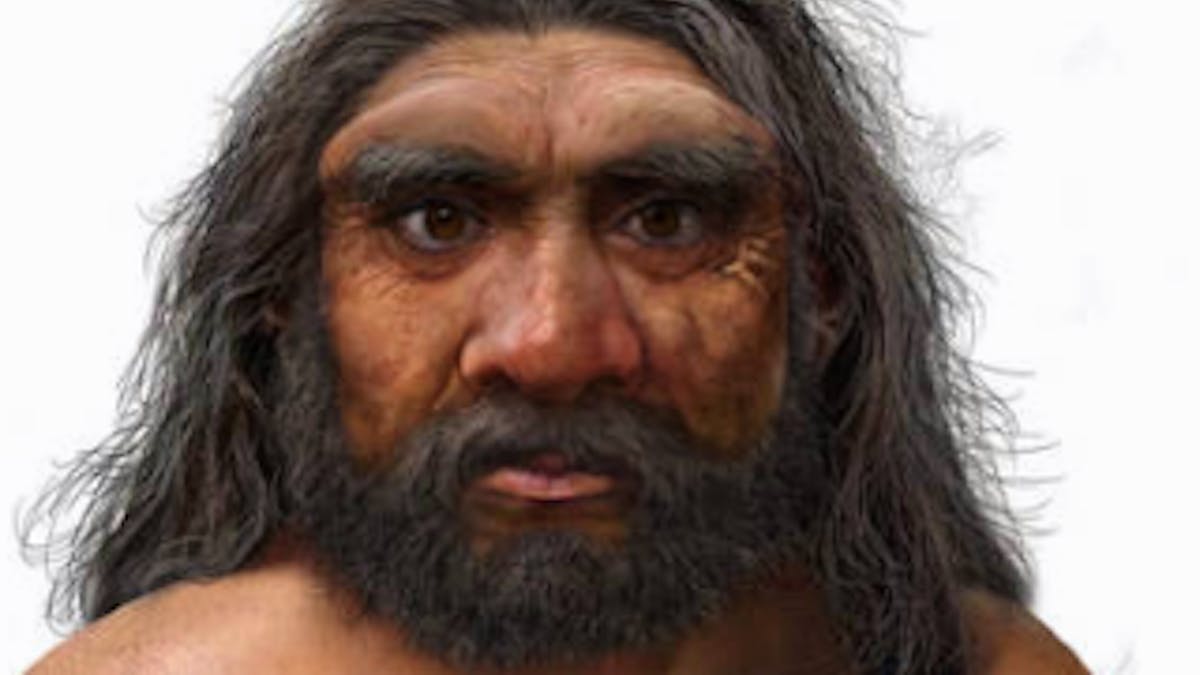The digital reconstruction of a skull of one million years suggests that humans could have separated from their ancestors 400,000 years earlier than we thought before, in Asia rather than Africa, according to a study published on Friday.
This crushed skull discovered in China in 1990 and baptized Yunxian 2 was so far considered as belonging to Homo Erectus, an ancestor of our species.
But thanks to modern reconstruction technologies, a group of researchers discovered characteristics on the skull – such as a more important cerebral capacity – bringing it closer to species such as longi or homo sapiens; Species that we thought had not existed until later in human evolution.
“It changes a lot,” assured Chris Stonger, anthropologist at the London Natural History Museum and a member of the researchers’ team, whose study was published in the journal “Science”. “This suggests that a million years ago, our ancestors had already divided into distinct groups, which indicates a much older and more complex human evolutionary division than we thought before,” he said.
If these conclusions prove to be correct, this would mean that there may have been much older members of other primitive hominids such as the Neanderthal or Homo Sapiens man.
Asia now has a role to play
This also “blurs the tracks” concerning the hypotheses established for a long time, according to which the first humans would have dispersed by starting from Africa, told AFP Michael Petraglia, director of the Australian Center for Research on the Human Evolution of Griffith University, which did not participate in the study. “A major change could be occurring, East Asia is now playing a key role in the evolution of hominids,” he said.
The study used advanced Tomodensitometry techniques, structured light imaging and virtual reconstruction to model a complete Yunxian 2. Scientists relied on another similar skull to shape their model, which they then compared to more than 100 other specimens.
“Yunxian 2 could help us to solve” the big vagueness around a “confused set of human fossils dating from 1 million to 300,000 years ago,” said Chris Strunger in a press release.
A series of recent research has turned knowledge of human origins, like Homo Longi, recognized as a new species and close relative of man in 2021. “Fossils like Yunxian 2 show how much we still have to learn about our origins” r.

